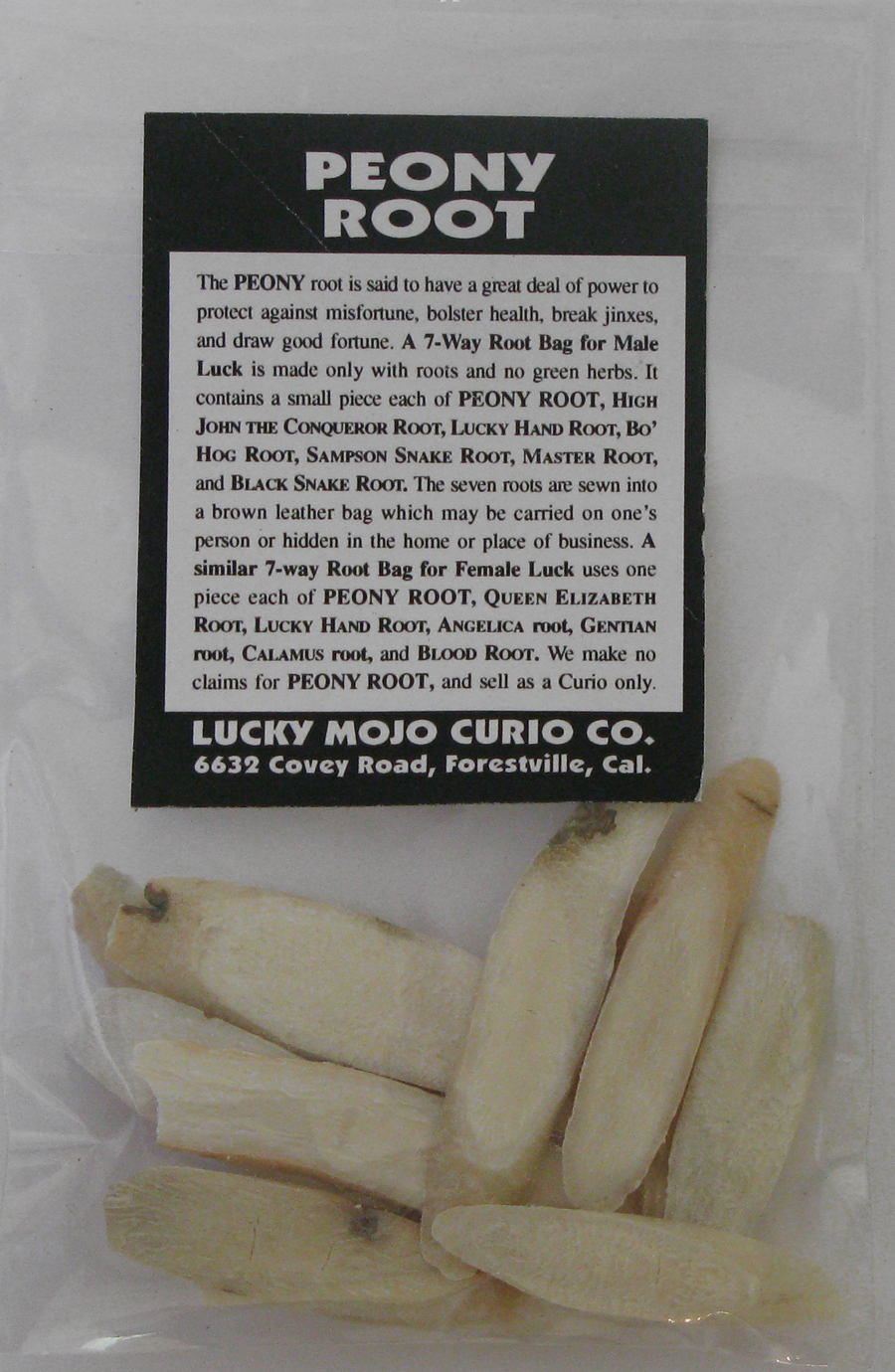
Botanical: Paeonia officinalis
Family: Paeoniaceae (peony) formerly Ranunculaceae (buttercup/crowfoot)
Other common names: European Peony, Piney, Moutan, Tree Peony, Moutan Peony, Mudan, Common Peony
If you thought the Peony was only a beautiful flower, think again! Peony Root has been used in herbal medicine for thousands of years for its tranquilizing effect on the nerves, pain relieving effect on muscles and purifying effect on the blood. It is also an old remedy for "female complaints," both physical and emotional; but men have also enjoyed its benefits for an overall feeling of well-being.
Disclaimer:
The information presented herein by "Be Well" is intended for educational purposes only and are not intended to diagnose, cure, treat or prevent. Individual results may vary, and before using any supplements, it is always advisable to consult with your own homeopathic authority.
History:
The Peony is an extremely hardy and ornamental flower that is native to China, but grows wild in southern Europe and is cultivated for its beauty in gardens everywhere. The Peony is the sole genus in the flowering Paeoniaceae plant family, but in the past, the Peonies were often classified in the Ranunculaceae (buttercup) family. Most species are herbaceous perennial plants, but some are woody shrubs. Because of its hardiness, it can grow in almost any soil but prefers deep, rich, well-drained loam in sun or partial shade, avoiding positions where frost damage is likely, and it propagates very quickly. In the autumn, the root is lifted from cultivated plants of at least two (preferably four to five) years of age; and after the root bark is stripped away, it is boiled and dried for use in herbal medicine (and has been for thousands of years) as a pungent, bitter, analgesic herb that cleanses and cools both the blood and liver and reduces pain. The genus, Paeonia, is supposed to have been named after the Greek god of healing, the mythical physician, Paeos, who used Peony Root to cure Pluto and other gods for wounds received during the Trojan War. He is said to have obtained the plant on Mount Olympus from the mother of Apollo. In ancient times Peony was thought to be of divine origin, an emanation from the moon, and it was advised to harvest the plant only at night. The Peony was first mentioned in Chinese medicine in Pouch of Pearls, a twelfth-century work; and well into the Middle Ages, the plant was associated with dispelling evil and averting tempests. It was worn as a necklace to protect against evil spirits and disease and used medicinally to dispel nightmares and calm "nervous affections" and convulsions. In Europe, Peony Root is used as an old remedy for jaundice and kidney and bladder problems. Some of the constituents included in Peony Root are monoterpene glycosides (including the most active and bitter paeoniflorin), proanthocyanidins, flavonoids, tannins, polysaccharides, asparagi and sitosterol.
Beneficial Uses:
Peony Root has been used for centuries as an antispasmodic that relaxes smooth muscle and is said to be effective in helping cramps of all kinds, including spasms of calf muscles, cramps of the limbs, abdominal cramps after diarrhea, asthma with cramps, epilepsy, convulsions and menstrual cramps, among others.
As a diuretic, Peony Root has been thought to remove obstructions and help many kidney and bladder problems. This quality is believed to be useful in relieving gout by removing uric acid through increased urine flow.
Peony Root is said to be a sedative and tranquilizer with effects that are helpful in calming the nerves, and treating irritability and other nervous conditions. It is also thought to relieve nightmares and was used at one time to treat dementia.
As an analgesic, Peony Root is believed to relieve abdominal pain, headache and muscle pain. The herb is thought to be very helpful to women, because it treats menstrual disorders and is said to relieve dysmenorrhea (painful menstruation) and treat amenorrhea (the absence of menstruation).
It was once used to relieve the pains of labor by relaxing muscle tension while stimulating the uterus.
Peony has been used as a blood cooler and purifier since ancient times. It is thought to nourish the blood, and as an anticoagulant, remove congealed blood and the pain of blood stagnation.
Some research claims that Peony Root may help reduce blood pressure and be helpful in cases of eclampsia, a severe form of pregnancy-induced hypertension, resulting in seizures, but a physician should always be consulted before this application is considered.
Peony Root is said to cool and remove obstructions from the liver. It is an old remedy for jaundice and said to be helpful in some cases of liver disease.
Peony Root is believed to possess antibacterial, antifungal and antiallergenic properties and has been useful for treating gastrointestinal infections; and when used topically, it is useful for boils and other skin problems. Many people use Peony Root to achieve healthier and younger looking skin.





3 comments:
Good information. How does one take this? Boil it? . . . Treat it like ginger root and add it to juices . . .?
Peony is often combined with tang-kuei, licorice, or other herbs to enhance or control their effects. The dosage range is from 0.5-15 grams per day. Peony rarely causes any adverse reactions .Boil small between 50 and 100 grams worth. Don't OD.
Peony is so powerful. Enjoy for 7 days and u will see results
Post a Comment